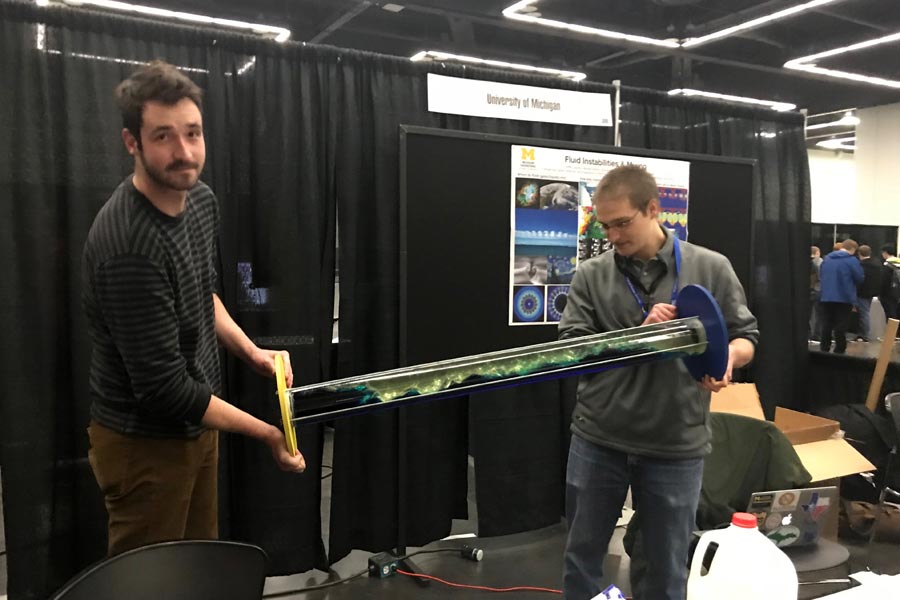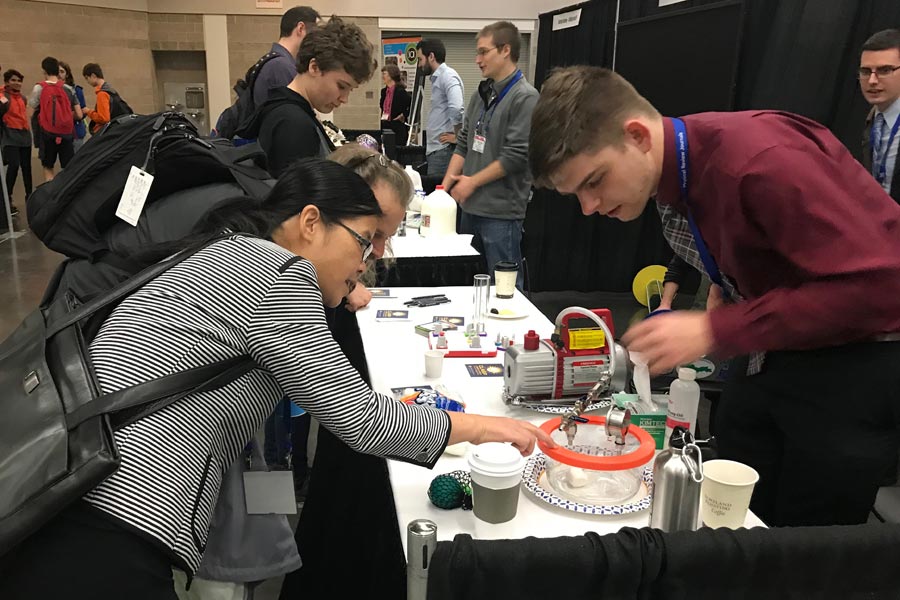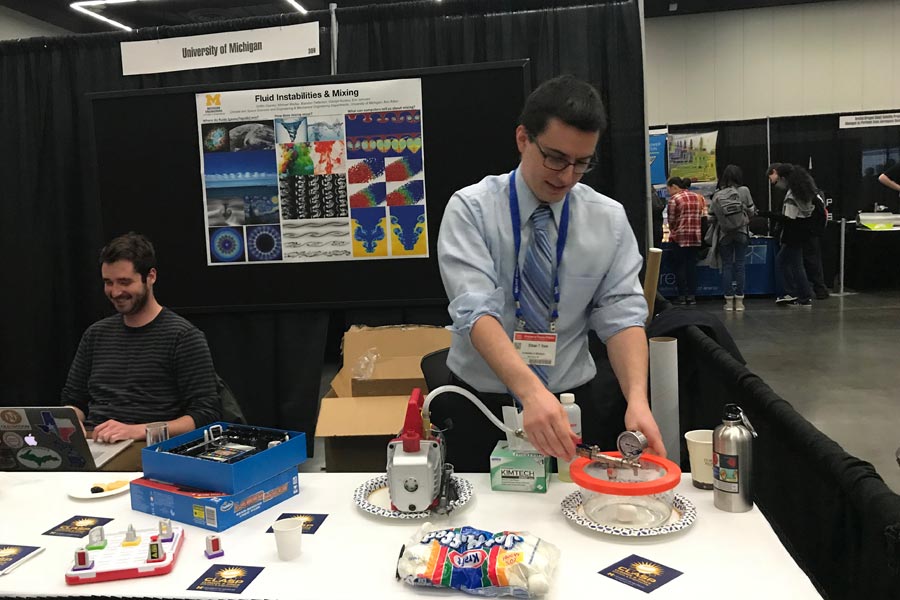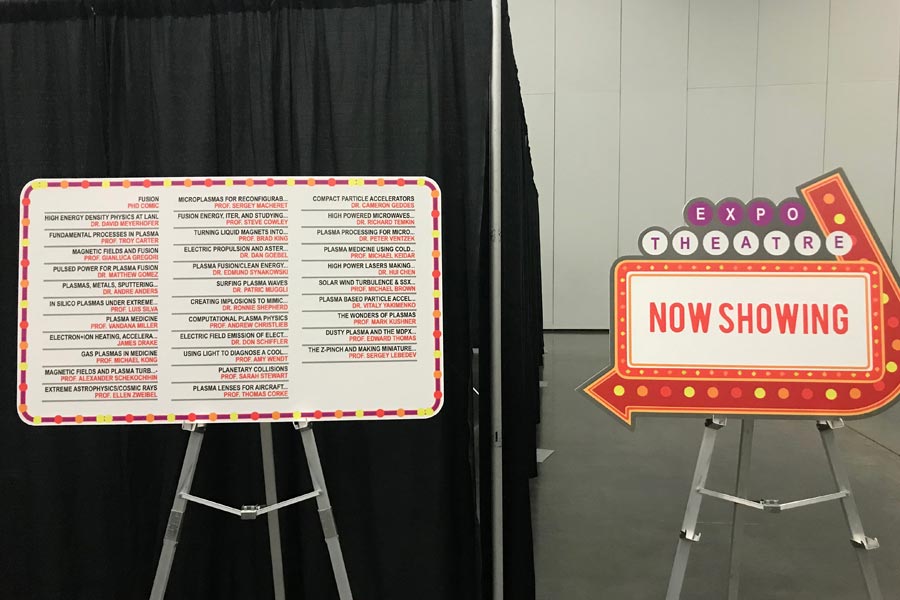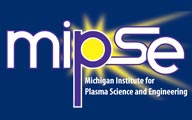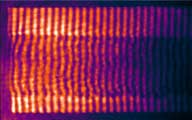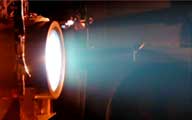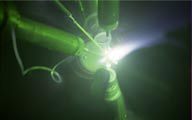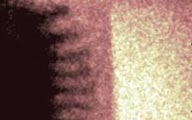Community Engagement
Plasma Science and Engineering is an interdisciplinary field that encompasses an impressive diversity of topics - from thrusters for spacecraft to imploding pellets for fusion, from fundamental science to industrial technologies. This intellectual diversity is so broad that scientists in one field of plasma physics may not be able to keep abreast of what is happening in another field of plasma physics. At the same time, it is perhaps even more important that the general public, from high school students to senior citizens, have an appreciation of the importance of plasmas to their daily life. (After all, the sun is a plasma (!) and every microchip is made with plasmas.) The MIPSE mission therefore has an important outreach component. One part of that mission is outreach within the discipline wherein scientists in the various fields of plasma science learn from each other about the opportunities, similarities and differences of the sub-fields of plasma science. The other part of the mission is outreach to the general public, high school students and even Federal agencies, to help inform them about the importance of plasmas in our society.
“Fusion Pioneers: Celebrating Women in Fusion Energy”
On January 13, 2025, MIPSE co-sponsored a meeting organized by the Coalition for Plasma Science and titled “Fusion Pioneers: Celebrating Women in Fusion Energy”. The meeting highlighted women-led fusion energy and plasma science research, and supported women’s participation in fusion energy.
ZaPP Summer Research Program
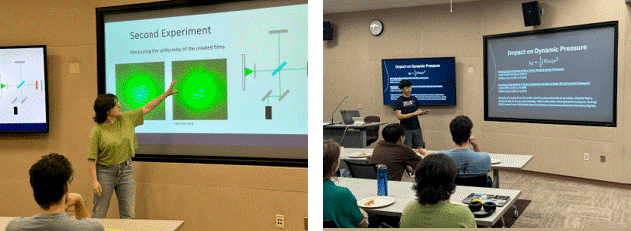
In summer 2024, ZaPP Summer Research Program, co-sponsored by MIPSE and ZEUS, welcomed its first cohort of undergraduate students. Program participants conducted an intensive research project in a MIPSE and/or ZEUS affiliated lab and immersed themselves in a specific research project, which they presented at the conclusion of the program.
Aerospace Chairs Distinguished Seminar
On March 23, 2023, Prof. Ben Jorns presented a lecture titled “Pushing the Limits of Hall Thrusters to Enable Next-Generation Space Exploration”.
How will people journey from Earth to Mars? Using conventional rockets, that will take a lot of fuel! The current plan is to transport everything you need for the journey to low earth orbit (LEO), assemble the expedition and then rocket to Mars. This requires a huge amount of fuel and rocket trips from earth to LEO just to provide the fuel required to get from LEO to Mars. There may be a way out of this dilemma – a more efficient rocket system from LEO to Mars that requires much less fuel. That rocket system could be electric plasma propulsion. In this video, Prof. Ben Jorns of the University of Michigan describes the challenges of the people to Mars mission, and how electric plasma propulsion may one day enable that journey.
Public Lectures: Saturday Morning Physics
- On December 9, 2022, Prof. Carolyn Kuranz presented a public lecture titled “Fluid Instabilities: Stars, Bars, and Fusion”. The lecture is available on YouTube.
- On November 17, 2020, Prof. Alec Thomas presented a public lecture titled “The Light Fantastic”. The lecture is available on YouTube.
Designed for general audiences, the Saturday Morning Physics lectures are an opportunity to hear physicists discuss their work in easy-to-understand, non-technical terms.
Plasma Science Expo 2022
On October 20, 2022, members of MIPSE and UM ZEUS presented a series of demonstrations at the APS-DPP Plasma Science Expo in Spokane, Washington to over 300 local middle and high school students. Our team included: Prof. Carolyn Kuranz, Prof. Scott Baalrud, Elizabeth Oxford (organizer), Prof. Tim Tharpe (Marquette), John Nees, Dr. Heath LeFevre (postdoc), and graduate students: Jason Cardarelli, Nicholas Ernst, Rebecca Fitzgarrald, Qian Qian, Brandon Russell, Brendan Stassel, Michael Springstead, Hongmei Tang and undergraduate, Julia Marshall.
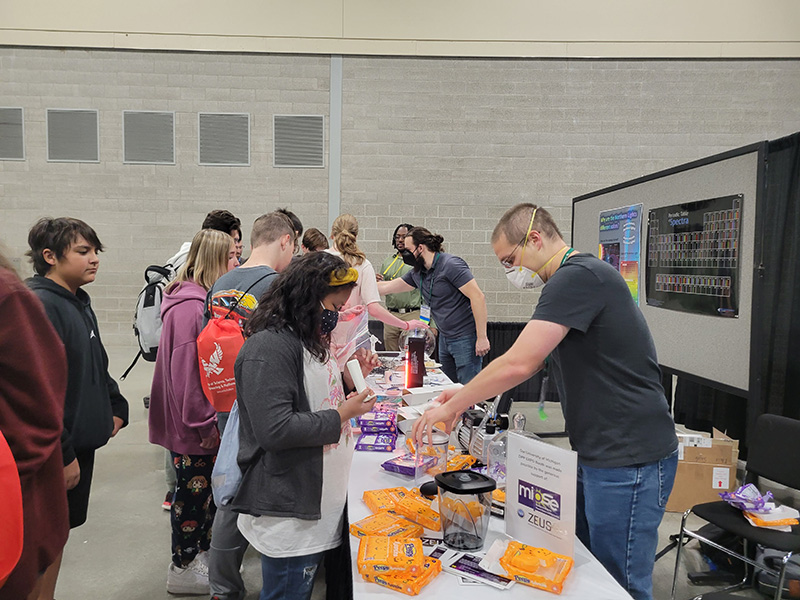
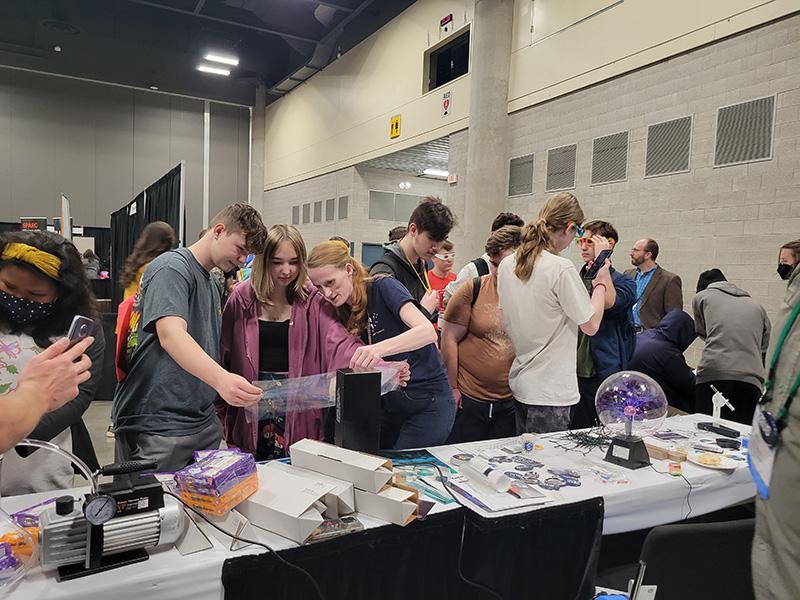
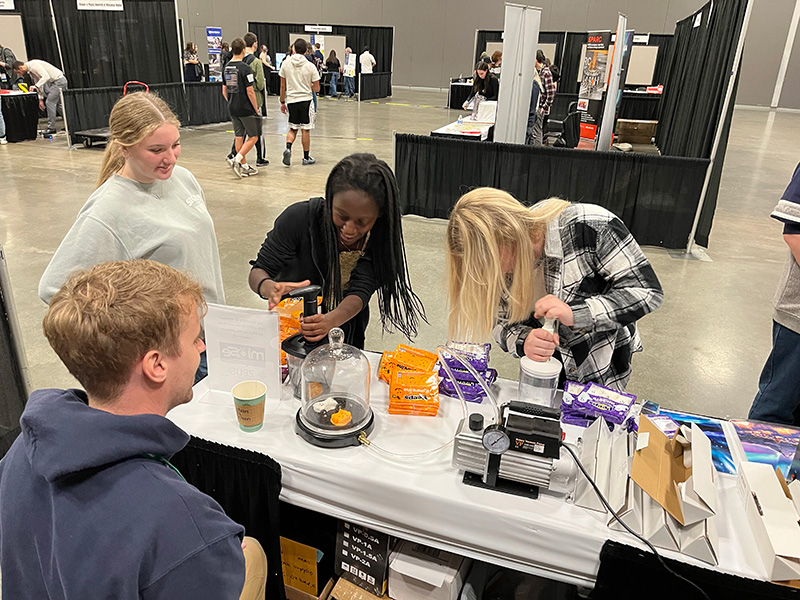
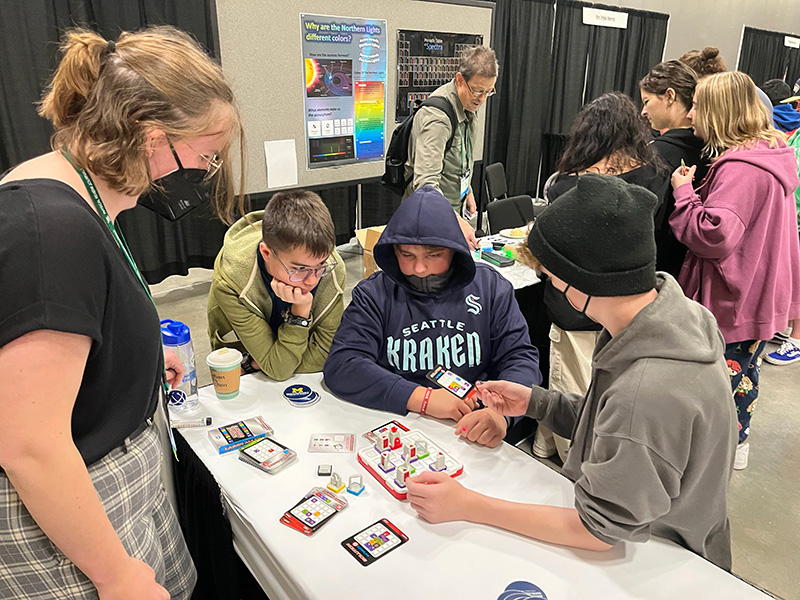
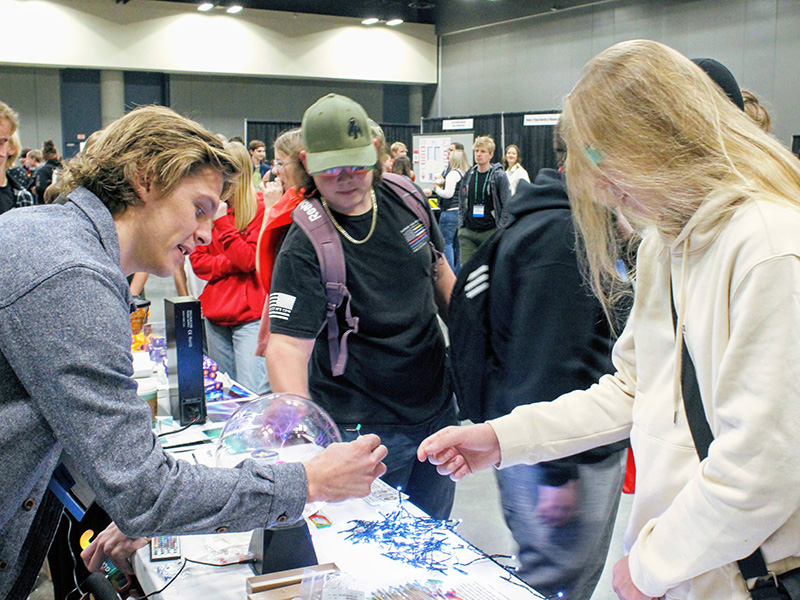
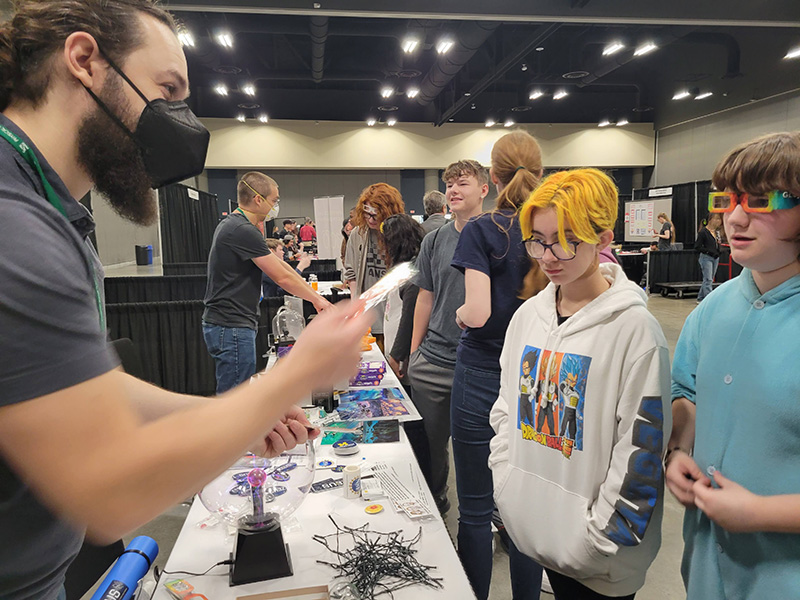
External Seminars
In 2020-2021, MIPSE co-sponsored The Online Low Temperature Plasma (OLTP) seminar series and the International Online Plasma Seminar (IOPS). These online seminars are continuing to provide the international community with regular opportunities to hear from leading researchers in the field.
Featured Resource: The Plasma Connection
The Plasma Connection is a publication sponsored by The IEEE Nuclear and Plasma Sciences Society (NPSS). It consists of educational briefs on plasma and its applications. These writeups are aimed at educating non-experts on the basics of plasma, the importance of its technological applications, and the role it plays in our modern society. The articles are written by experts in a language that is accessible to non-experts including high school students, science enthusiasts, policy makers, etc.
Featured Project: Musical Tesla Coils
Tesla coils are high voltage generators which can make long sparks in air. The sparks heat the air and produce sound waves. By modulating the sparks at different frequencies, you can make music!! The Musical Tesla Coils project developed an interactive display to demonstrate how Tesla coils can be used to make music.
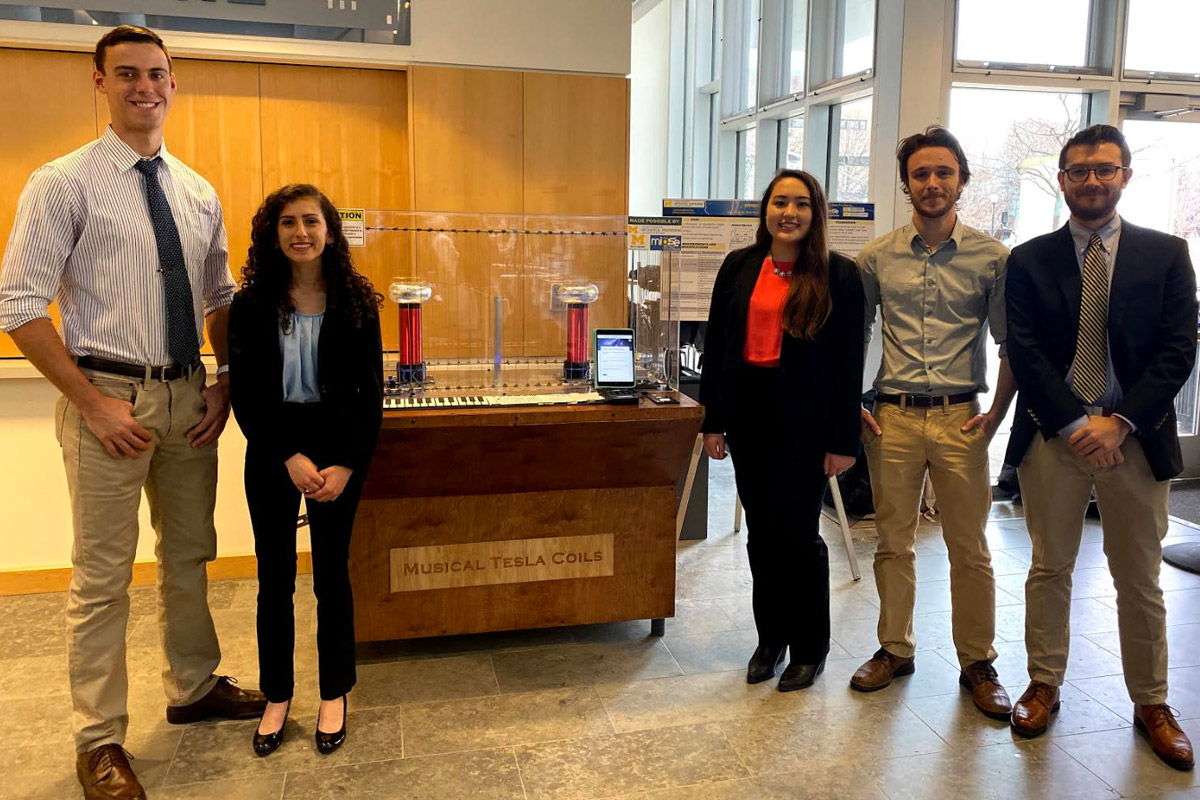
This display is intended for an open space near the main entrance to Pierpont Commons on University of Michigan’s North Campus, home to both the University’s engineering programs and the University’s arts programs. This shared domain is one of the core aspects the Musical Tesla Coil Project aims to reflect — the ability to find art in engineering and the use of engineering to create art. This is a goal shared by the University’s ArtEngine initiative whose mission is to “inspire, foster, and strengthen intellectual collisions and durable collaborative practices driven by the arts, design, engineering, and technology to fully maximize the potential of students and faculty on North Campus.” Along these lines, one of the goals of the project was to promote interdisciplinary thinking and peek curiosity on how engineering can be used to create art and how art can be found in engineering. The project will also educate the general public on Tesla coils and how they function to produce musical tones, inspiring interest in Michigan Engineering and STEM as a result.
Featured Project: MAISE
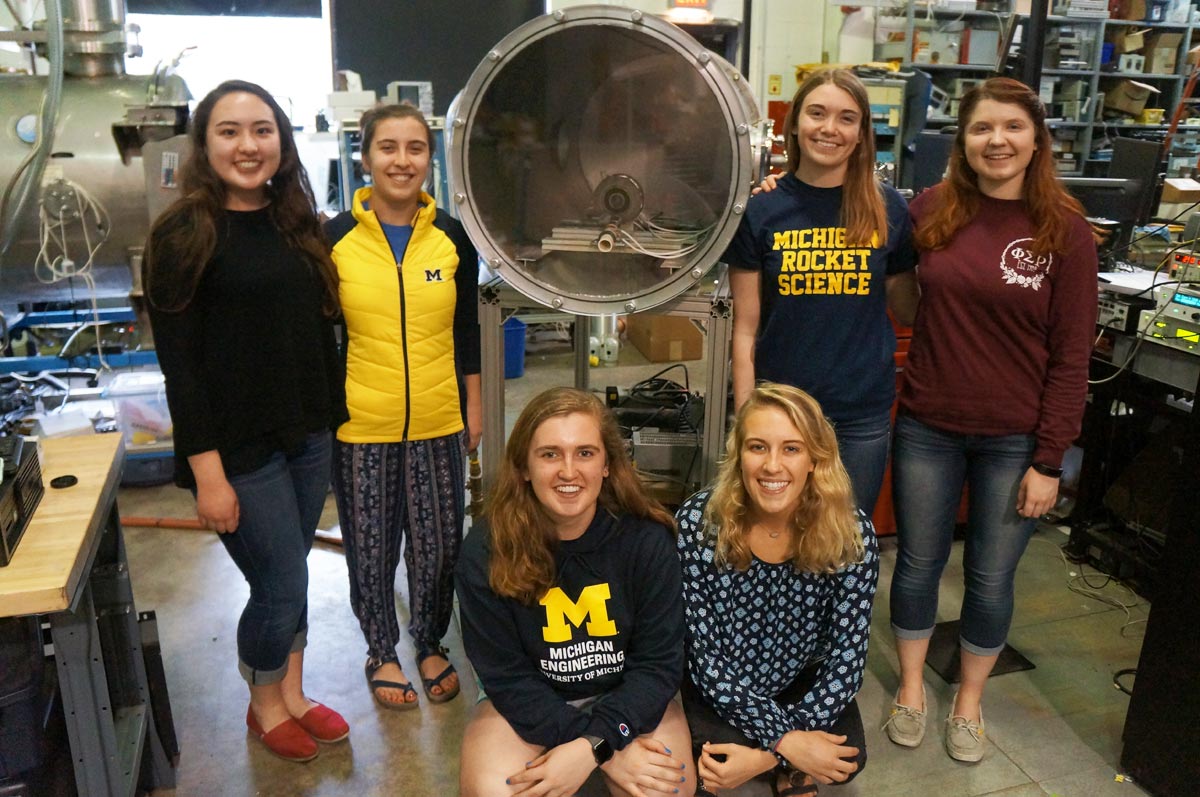
The Michigan Advanced In-Space propulsion Engineering (MAISE) team is a group of students from the Michigan chapter of the Women in Aeronautics and Astronautics that is developing a mobile outreach platform for the plasma sciences, particularly for electric propulsion. The MAISE team is mentored by PhD candidates Marcel Georgin and Sarah Cusson. With the support of MIPSE, the College of Engineering, and the Plasmadynamics and Electric Propulsion Laboratory (PEPL), the team is building the vacuum facility and the power electronics to generate an exciting display of plasma in a small Hall thruster. This type of rocket uses electric and magnetic fields to accelerate a plasma propellant. Hall thrusters are already used on interplanetary spacecraft. The MAISE team tested their vacuum chamber and are looking forward to an initial test of the full plasma propulsion system in the near future. The ultimate goal of the project is to use this electric propulsion demonstration to promote interest in the plasma sciences from high school to undergraduate levels.
Featured Project: DAPCEP
MIPSE faculty and students are active in DAPCEP (Detroit Area Pre-College Engineering Program) Spring Programs. As part of the Glow Blue! course, Prof. John Foster and his group members recently sponsored the Plasma and Fusion day, where high school students learned about plasma and fusion and their current applications through various hands-on activities.
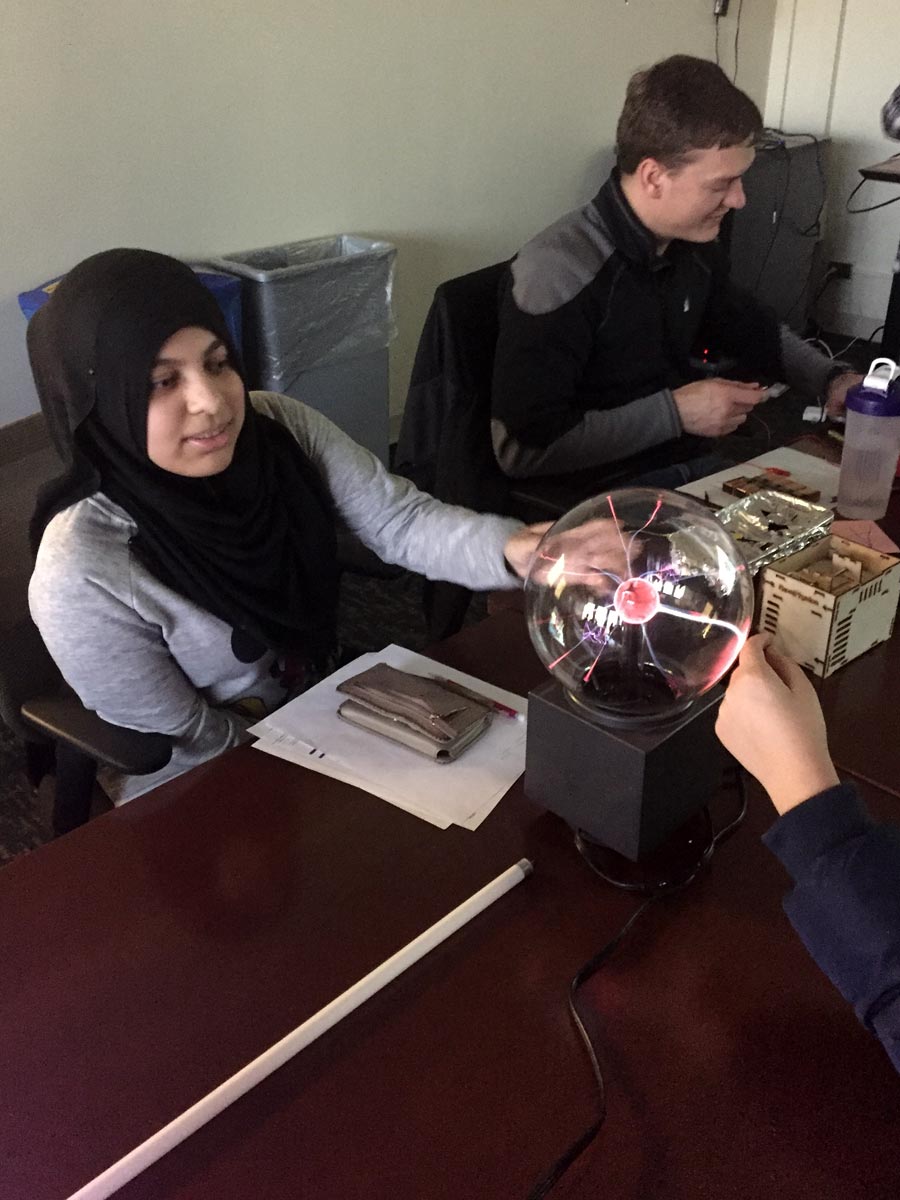
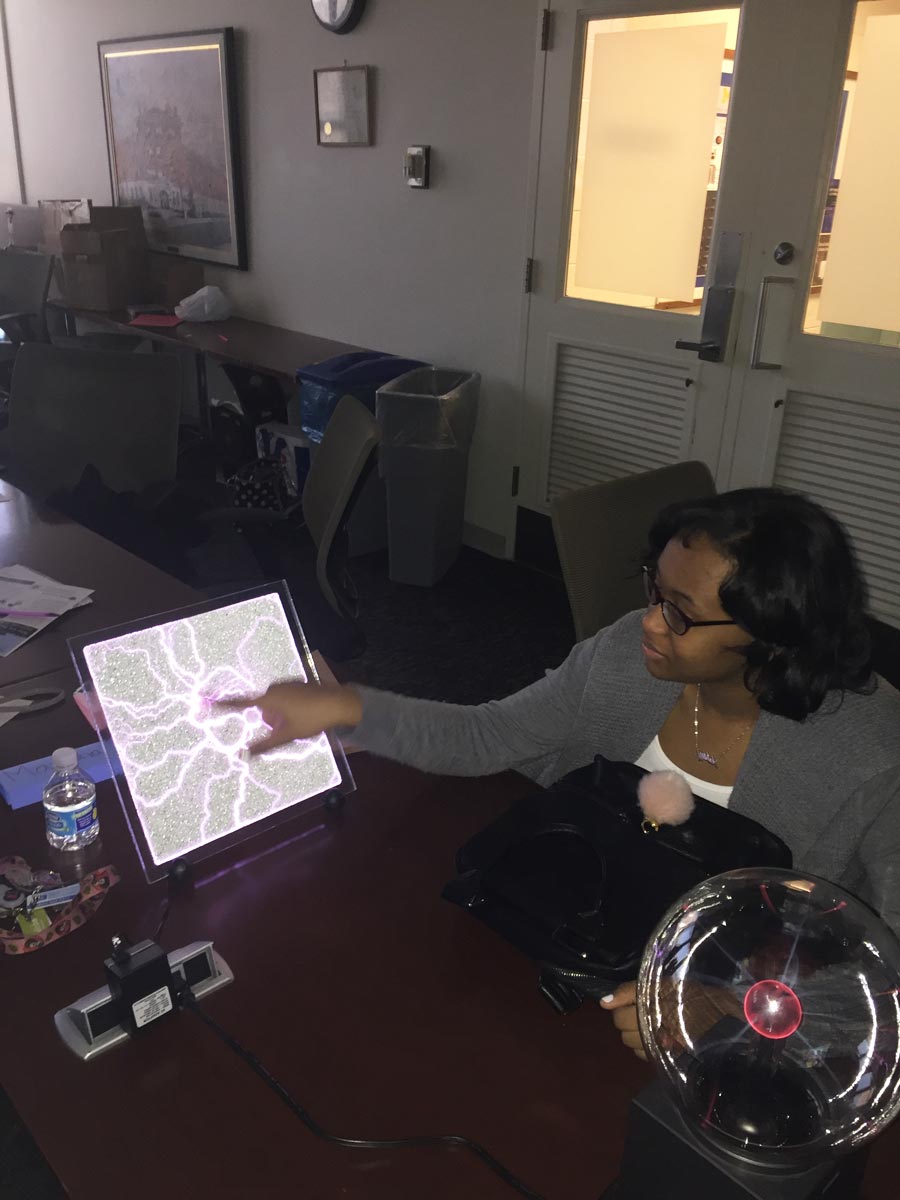
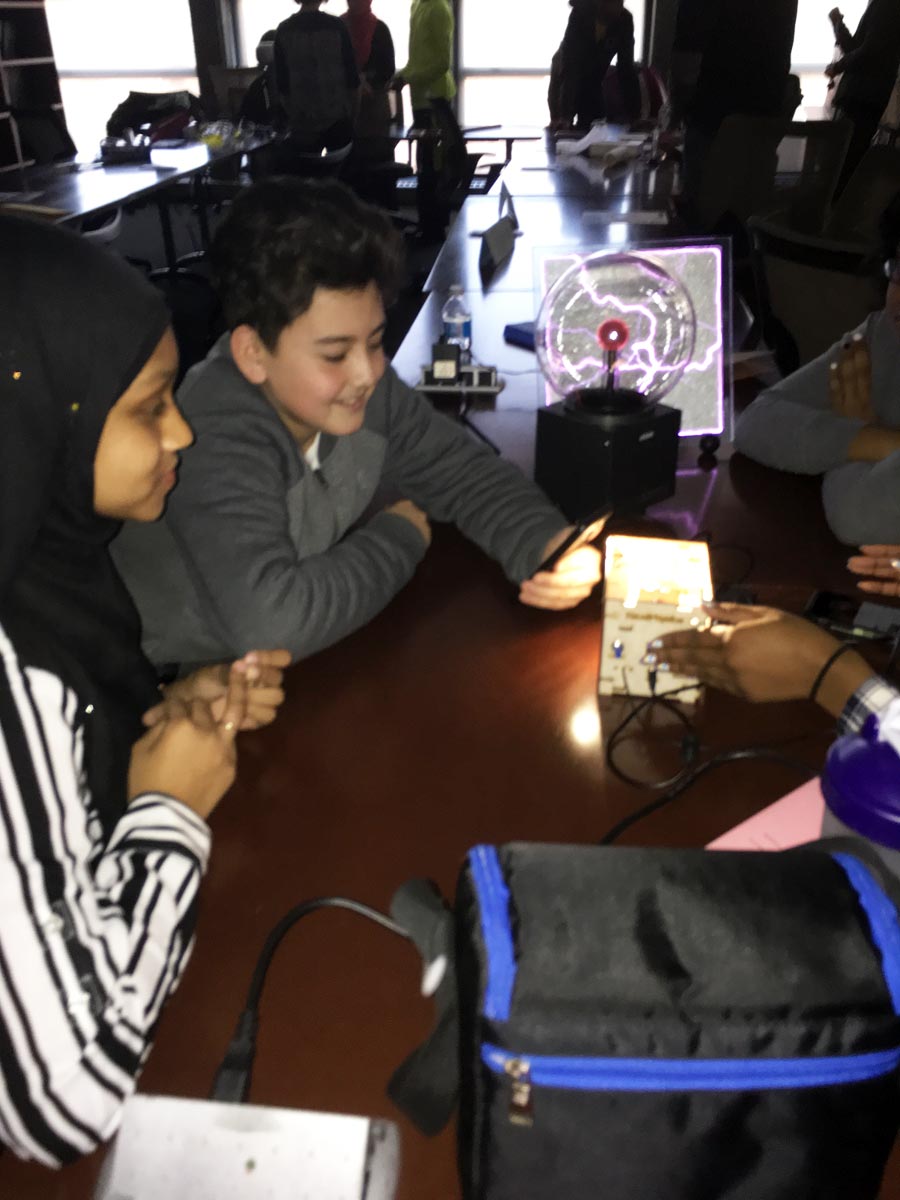
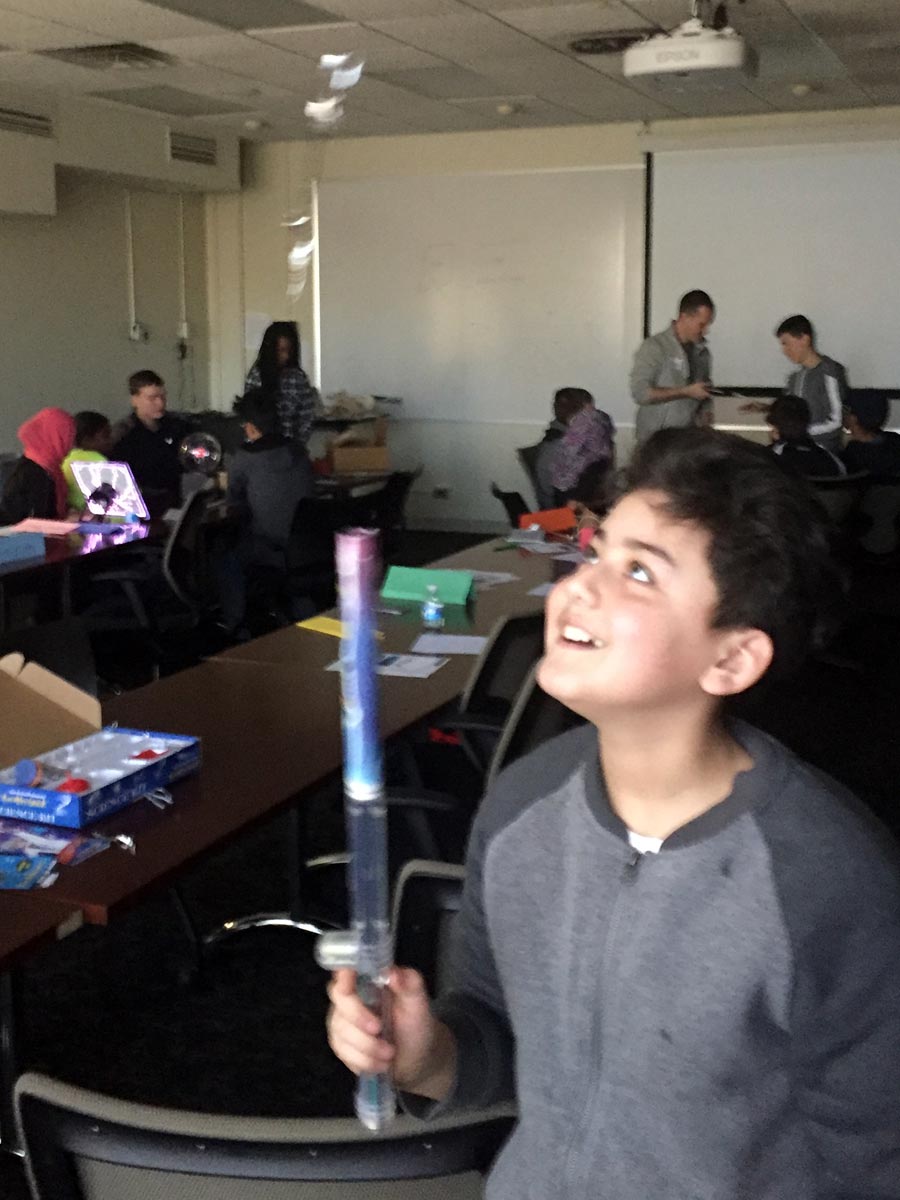
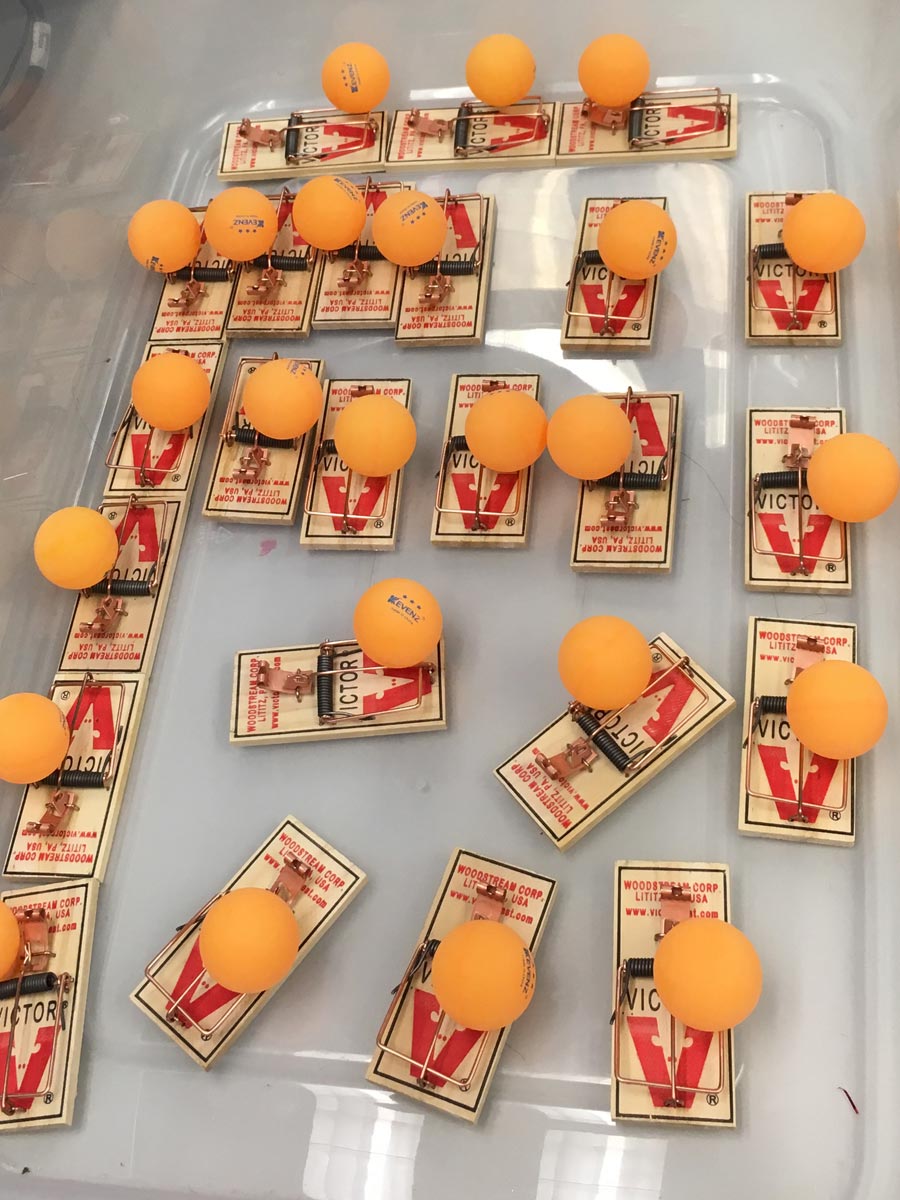
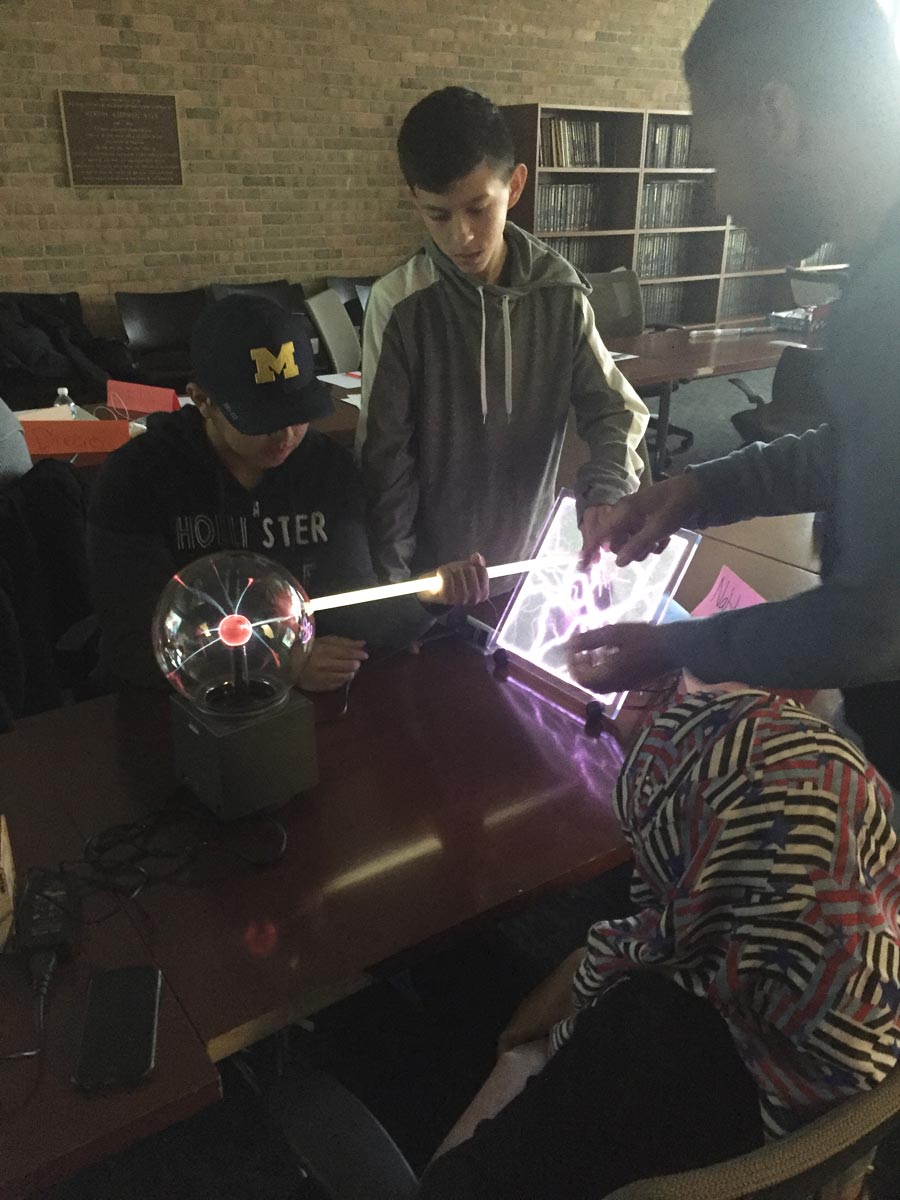
Plasma Science Expo 2018
On November 8-9, 2018, MIPSE presented a series of demonstrations at the APS-DPP Plasma Science Expo in Portland, Oregon. The MIPSE team was organized by Dr. Carolyn Kuranz, Profs. John Foster and Ben Jorns, and included post-docs and graduate students: Dr. Rachel Young, Paul Campbell, Griffin Cearley, Ethan Dale, Alex Englesbe, Shadrach Hepner, Amina Hussein, Yao Kovach, Heath LeFevre, Joseph Levesque, and Jinpu Lin.
